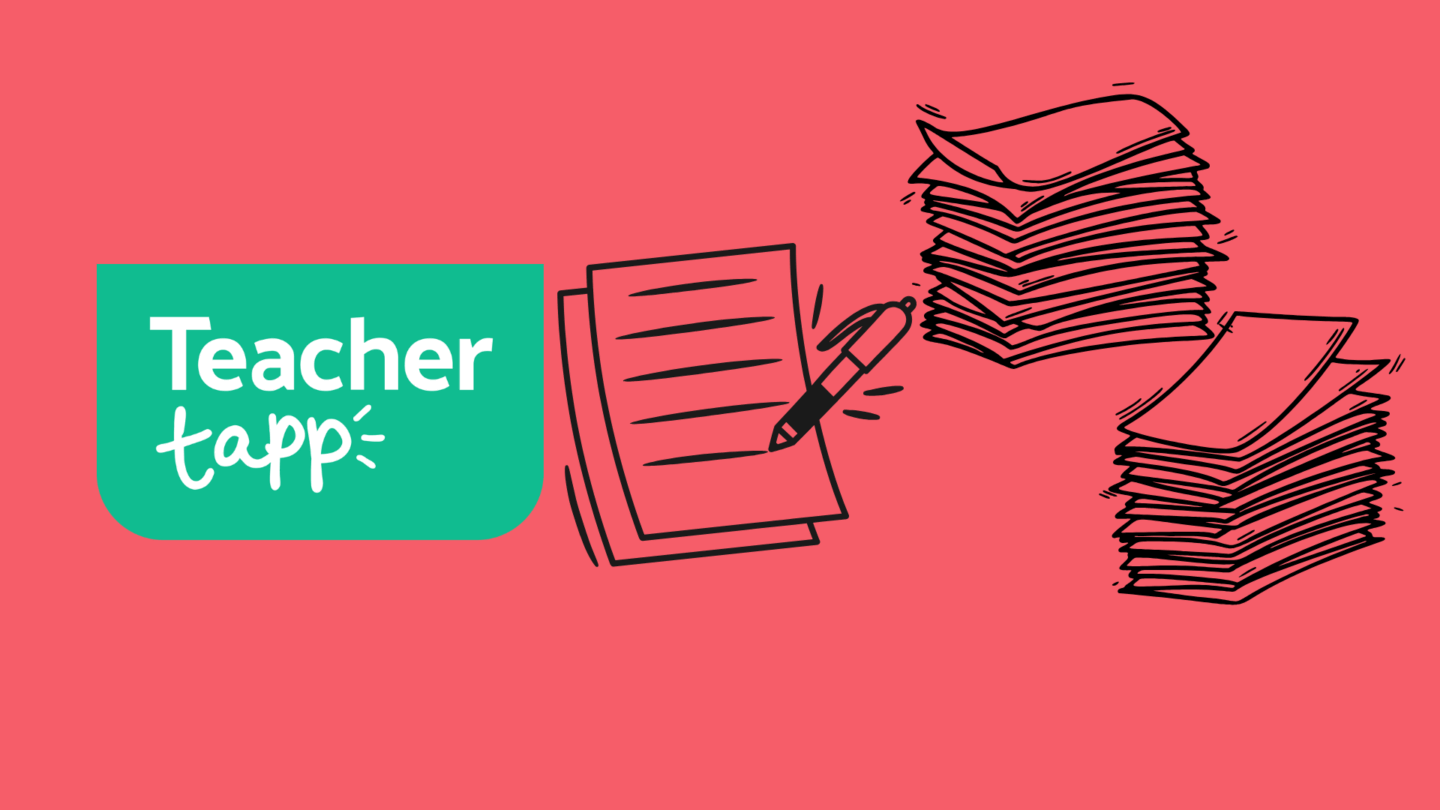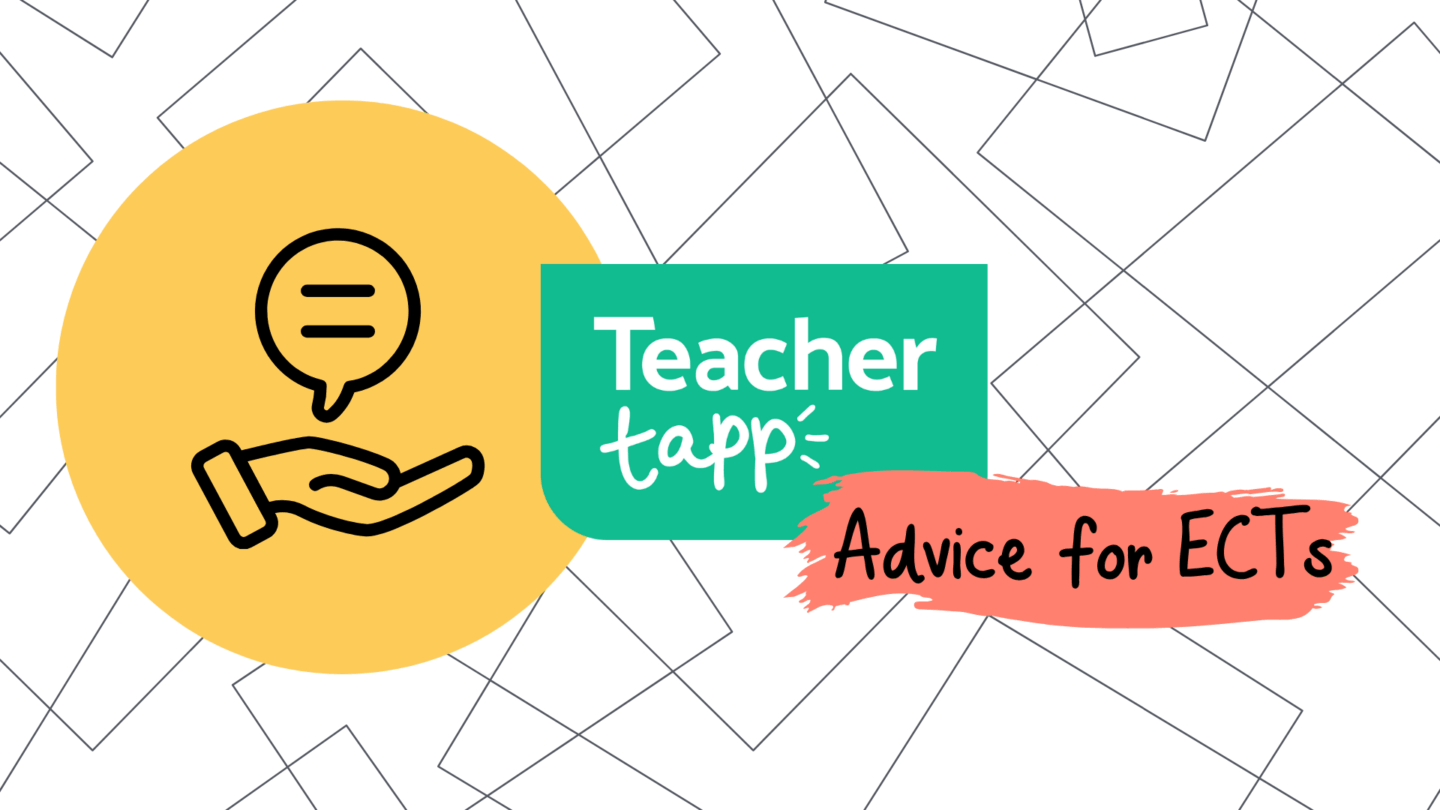By Becky Allen
When I was at primary school, I had seven teachers — one for each year I attended. They all worked full-time, and since there were no entitlements to planning, preparation, and assessment (PPA) time, the only time someone else taught me was when my teacher was unwell. Teachers were the sole adults in the classroom; I don’t recall seeing any teaching assistants in the school.
But what does the primary teacher’s job look like today?
The Modern Primary Classroom
Nowadays, all primary students experience some lessons without their class teacher due to the entitlement to 10% PPA time. In more than half of cases, these lessons are delivered by someone who is not a qualified teacher—typically a teaching assistant (TA) or a higher-level teaching assistant (HLTA).

However, this doesn’t mean teachers are absolved of responsibility. Half of primary teachers report that they always plan lessons for their PPA cover, and this rises to 71% when a TA or HLTA is leading the session. That said, 60% of teachers say they never mark work completed during PPA lessons. Subjects—such as foreign languages, drama, music, and PE—are the most frequently handed over to PPA cover staff.

Increasingly students split their time between two teachers. This might happen because their teachers work part-time and share the class, or because one of the teachers has senior responsibilities elsewhere in the school. According to the latest School Workforce Census, over 25% of primary teachers now work part-time.
The working patterns of senior staff in primary schools differ from those in secondaries. The typical primary headteacher has no timetabled teaching hours, and 1 in 5 deputy or assistant heads also have no scheduled teaching commitments. However, many primary teachers with leadership responsibilities—such as assistant heads, key stage leaders, or subject leads—still teach a class full-time.

How Are Teachers Assigned to Classes?
Every spring or early summer, headteachers begin the complex task of assigning teachers to their classes for the following academic year. While teachers often have preferences and tend to specialise in particular age groups, movement between year groups is common.
When surveyed, 63% of primary teachers reported that they would be teaching the same year group again the next year. Meanwhile, 21% said they would be teaching a new year group with different students, 6% said they would be moving up a year with their current students (a practice known as “looping”), and 9% said they would no longer have a dedicated class—perhaps because of promotion to a leadership role.
For teachers working in multiple-form entry schools, this process becomes even more complex. Headteachers often reassign both teachers and students across classes within the same year group to ensure a balanced and effective distribution.
This allocation process is far from random. In fact, 95% of primary heads report considering the strengths and weaknesses of the previous year’s teacher to ensure all classes benefit from equitable access to teaching expertise. Despite efforts to meet teachers preferences, 23% of teachers admitted that they would prefer to teach a different year group than the one they were assigned.
Teaching Assistants in the Classroom
One significant change from years past is the prevalence of teaching assistants (TAs) in primary classrooms. TAs often work alongside the class teacher, either in a general capacity or to provide targeted support to children with special educational needs. Younger year groups are more likely to have TAs present compared to older year groups, reflecting the additional support younger children often require.

(This post can be referenced as: Allen, R. (2024, December 10). What Is Primary Teaching Like in England Today?. Teacher Tapp blogpost. https://teachertapp.com/uk/articles/what-is-primary-teaching-like-in-england-today/)





